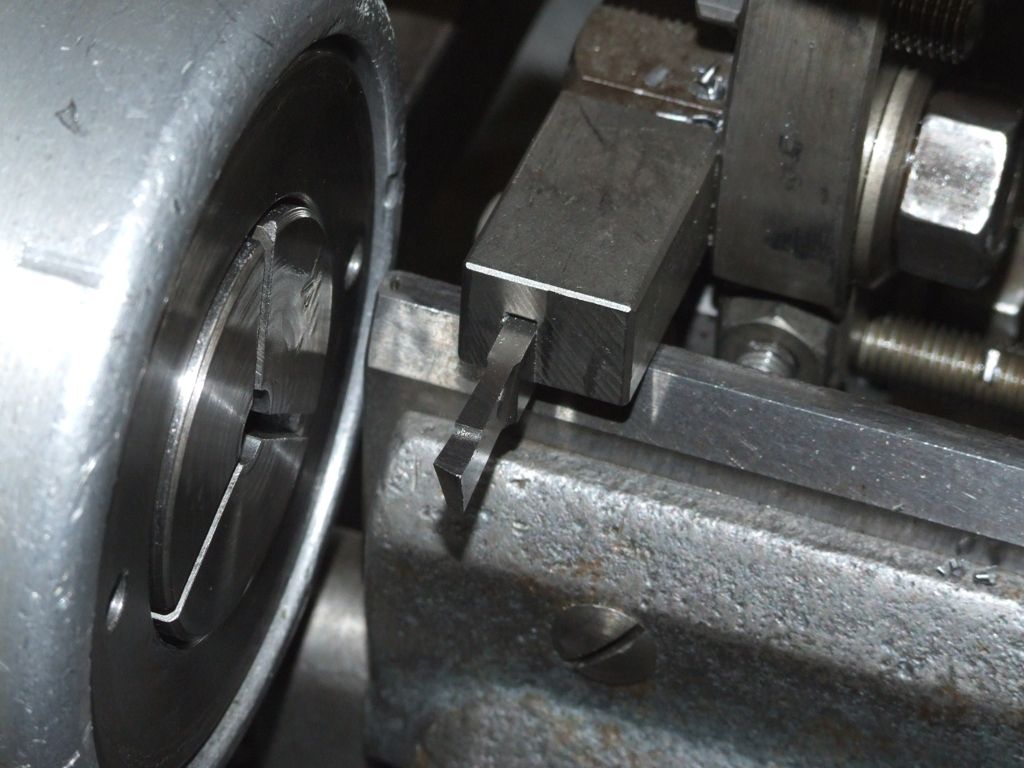Lathework for Beginners
Lathework for Beginners
- This topic has 107 replies, 21 voices, and was last updated 23 December 2018 at 12:12 by
 Neil Wyatt.
Neil Wyatt.
- Please log in to reply to this topic. Registering is free and easy using the links on the menu at the top of this page.
Latest Replies
Viewing 25 topics - 1 through 25 (of 25 total)
-
- Topic
- Voices
- Last Post
Viewing 25 topics - 1 through 25 (of 25 total)
Latest Issue
Newsletter Sign-up
Latest Replies
- Diving in to ATC?
- What Did You Do Today 2025
- Measuring a double Vee lathe bed Vee position
- Please direct me to where I can find an engineer to do some bespoke work
- Making Unimat DB/SL Steadies
- Bad design, or am I missing something?
- Lidl castors
- Hopeless…Alibre Ass
- Polishing compounds for stainless steel (mild abrasives))
- Alternative to ARC


 . I have a shop vac and find the best thing to do is set the hose up near the tool point to suck the ribbon straight into the vac as it is produced.
. I have a shop vac and find the best thing to do is set the hose up near the tool point to suck the ribbon straight into the vac as it is produced.



